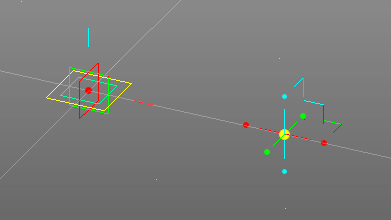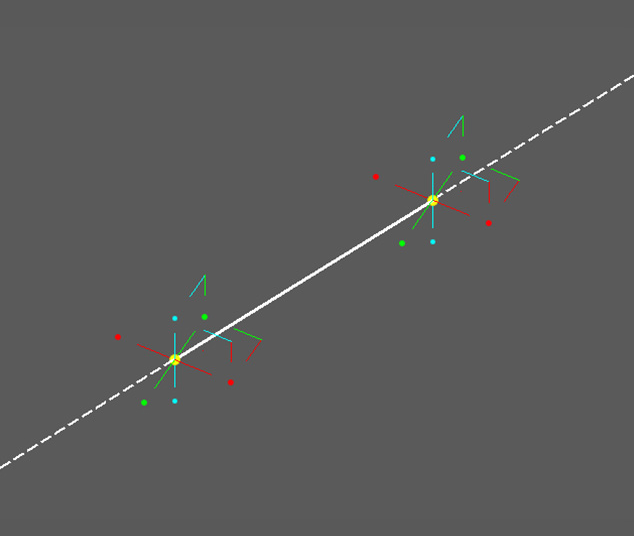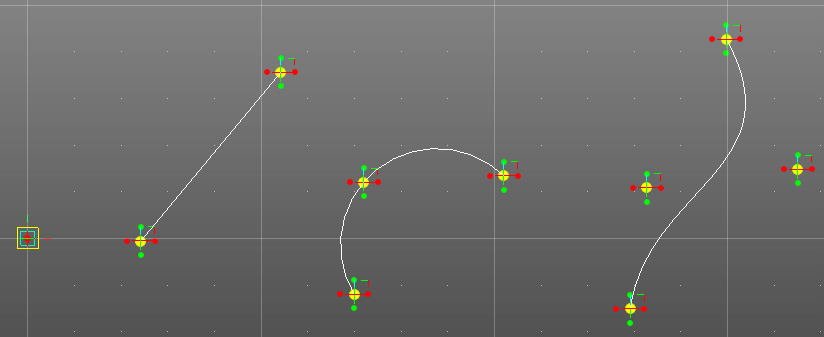Node Types
There are many node type. They can be related. For example, you can create point at the intersection of two lines or create line from the intersection of two surfaces. Many techniques are based on this concept. Let’s start with some basics.
Zero Dimensions
A point is zero dimensional. It has no volume or length or width.
It is all about Points. Almost every node type is dependent on Points. Points are the basis of the geometry you will create. GenerativeComponents stores the relationship between the points and associated geometry and computes the associated geometry from the current value of the points.
One Dimension
A line is an example of a one dimensional object.
In addition, an arc or curve are mathematically one dimension. GenerativeComponents considers them as one dimensional as well.
Two Dimensions
A Plane is an example of a two dimensional object. A surface is also considered a two dimensional object mathematically.
Built-In Types
The built-in types can be seen in the interface.
The following are Standard Types:
- Int: an integer, no decimal places
- Double: a number with decimal places
- Boolean: a true or false value
- String: a string of characters or "text" - in double quotes
GenerativeComponents Node Types
IPoint - interface (zero dimension (0D) object)
- Point (location only)
- Plane (location and direction) - An infinite plane can divide the world into two half spaces. Can also be thought of as a 2D Cartesian space, with X and Y coordinates
- CoordinateSystem
IDirection - interface (one dimension (1D) object)
ICurve - interface (1D object)
ISurface - interface (2D or 3D object)
ISolid - interface (3D object)
The basic relationships between types is as follows:
So when GenerativeComponents asks for a IPoint, you can supply a point, plane or coordinate system.
The term "repl" is short for Replication, meaning that you could supply a list of points, and not just one point.







